“Huh? What is?”
“The speed at which cherry blossoms fall. It’s five centimeters per second.”
Genre: Romance
Creator: Makoto Shinkai
Studio: CoMix Wave
Length: 63 minutes
Year: 2007
Highlights: One of the most heartbreakingly beautiful films ever made.
The past two films we have examined as part of this series (My Neighbor Totoro and Spirited Away) have both been Studio Ghibli films, specifically Hayao Miyazaki films. While Miyazaki is undoubtedly one of the greats of contemporary anime, and one of my all-time favorite directors, there is one director I possibly like even more: Makoto Shinkai. Shinkai rose to fame after he created a 25-minute short film completely on his own, called Voices of A Distant Star. He wrote, animated, produced, directed, and voiced it himself; the only thing he couldn’t do were the female voices and the music. Since then, he has achieved popularity and critical acclaim, and has even been called the “new Miyazaki”. Since his early success, he has made four full-length films. Out of these, my favorite is his second film, 5 Centimeters Per Second, because it makes me cry. Every single time.
The second act is called Cosmonaut, and picks up several years later when Takaki has moved to one of Japan’s small southern islands. This story is told mostly by a girl named Sumida Kanae, a native of the island and an avid surfer, who has fallen in love with Takaki. However, she is very shy, and can’t bring herself to tell Takaki how she feels about him. And more than that, Takaki is always texting on his phone, but he’s never texting her…
The film is interesting in that it is a love story where none of the characters are ever able to find their love. All of the love they carry is unrequited, either because of circumstances outside their control or because of their inability to let themselves find happiness. The film is so touching because it is so accurately able to sum up and express an experience that every person has gone through, showing the sort of beauty and self-awareness in the everyday that most of us only see a rare few times in our lives. In addition, the film is a complex philosophical piece on people and the nature of love, talking about how life isn’t a fairy tale and that we don’t always find love or happiness, but how we have to move on and live our lives regardless. The title of the film comes from the speed at which cherry blossoms fall from the tree to the ground, and is used as a metaphor for falling in love. Another motif is using a rocket and images of the stars as a way of illustrating how far away someone is whom we love but who doesn’t love us.
I guess I’m letting my hopeless romantic side shine through a bit here. Like I said, this movie makes me cry, every single time. I don’t think there’s any other movie I have ever seen that I can say that about, and for that reason I cannot recommend 5 Centimeters Per Second highly enough. Please, just go watch this film. My words cannot give it the justice it deserves.
Grade: A+++

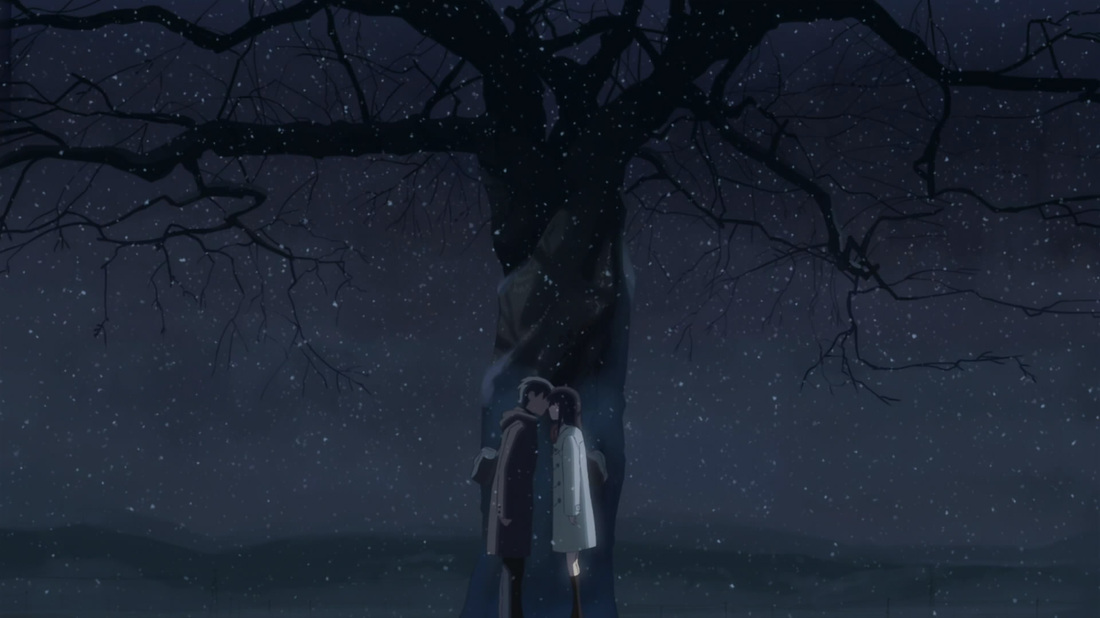
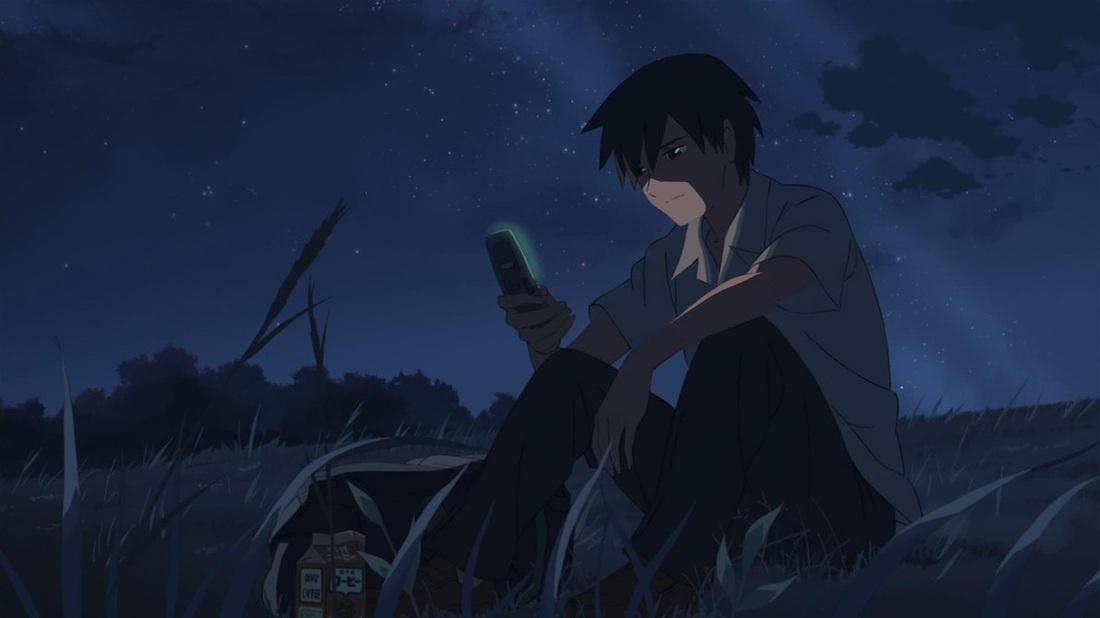
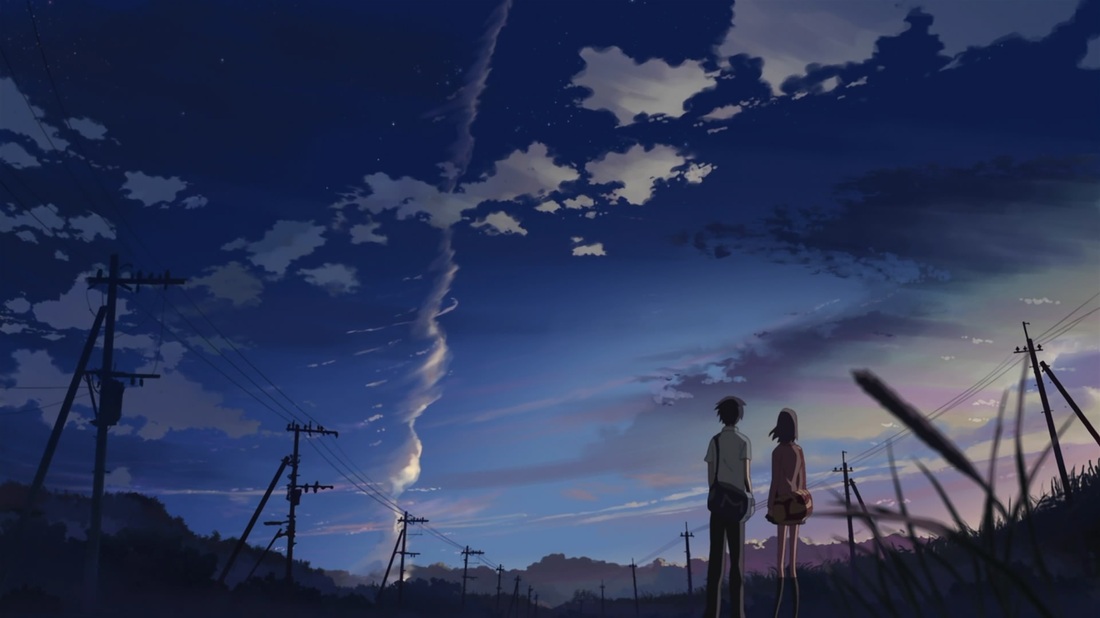

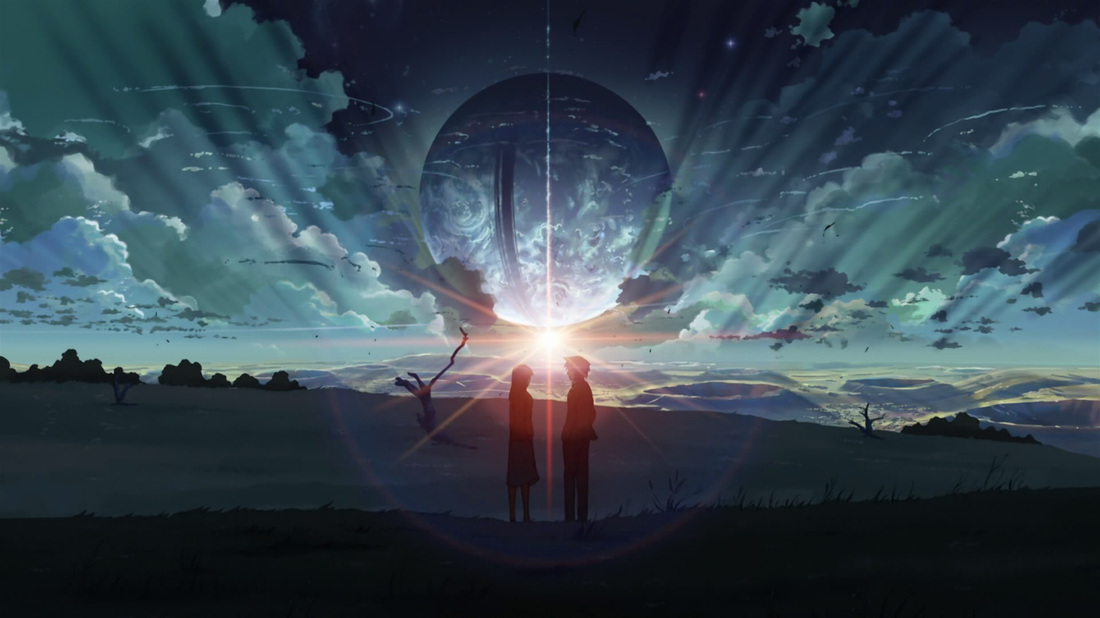

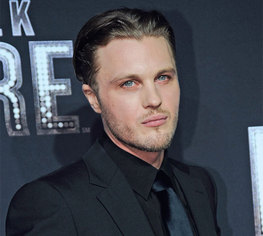
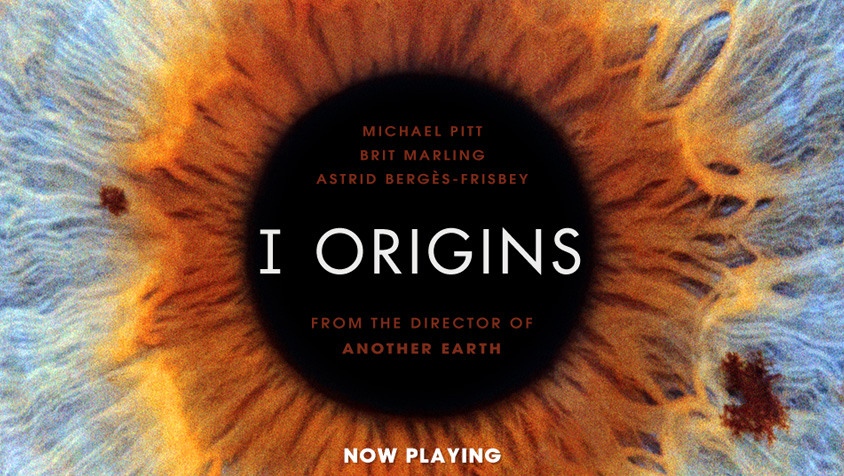
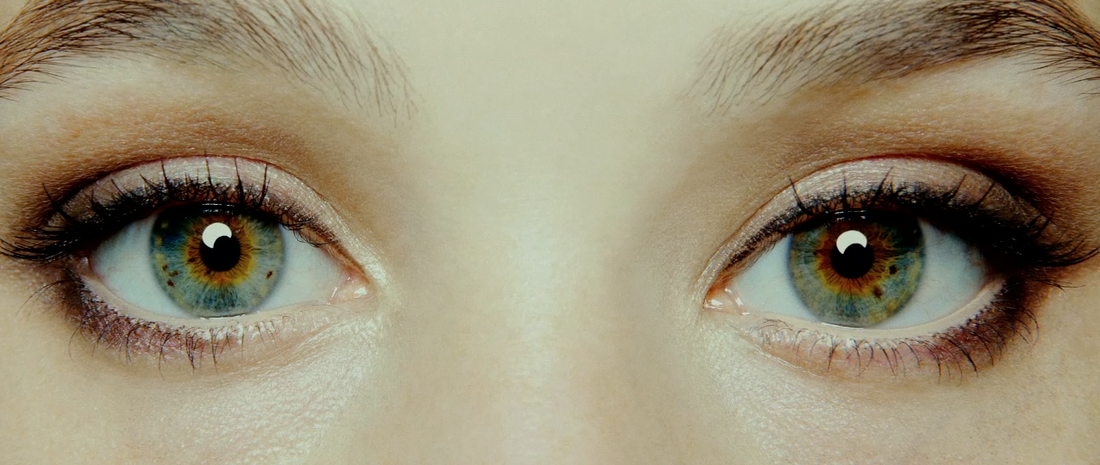
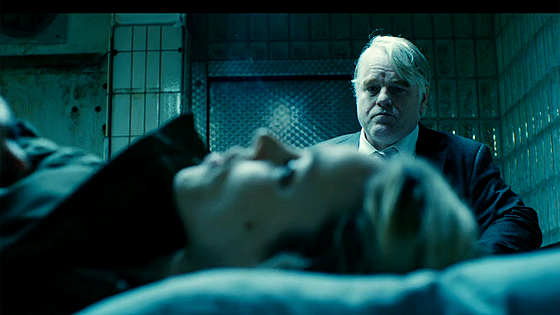
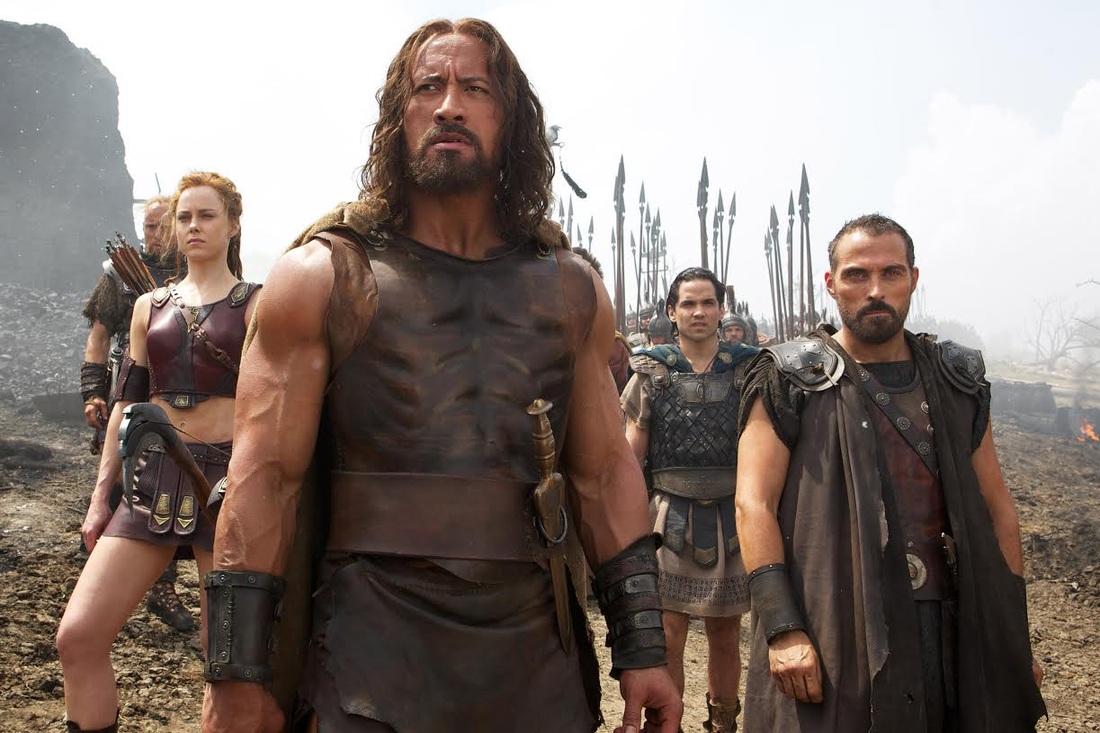
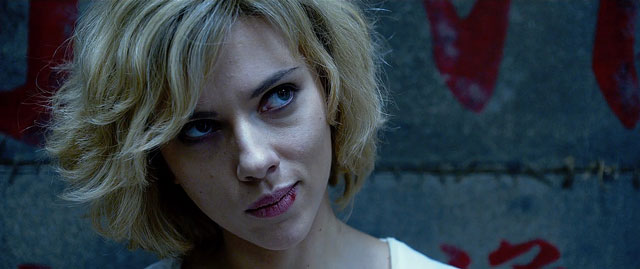
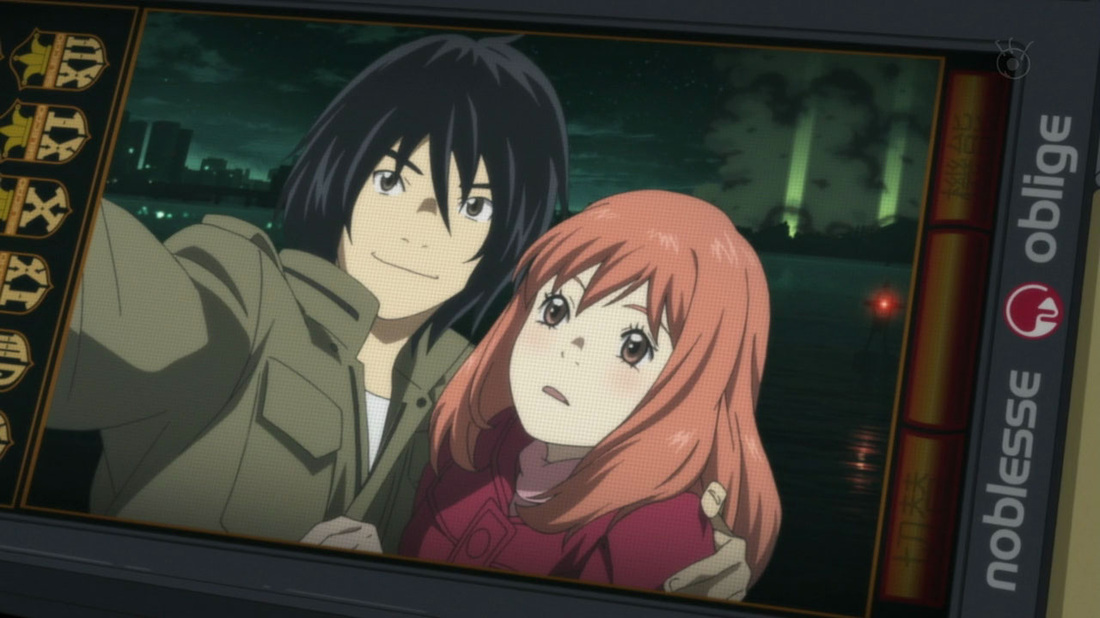
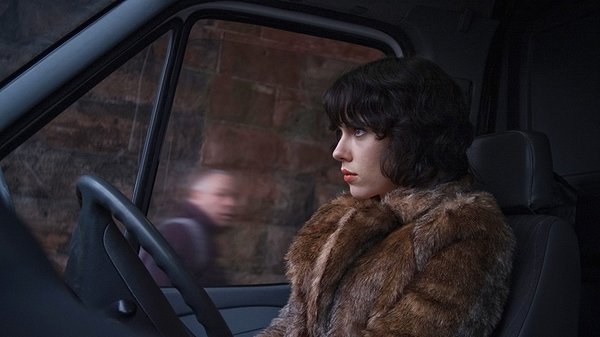
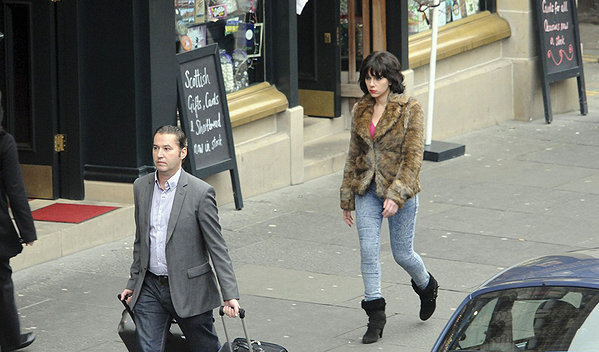
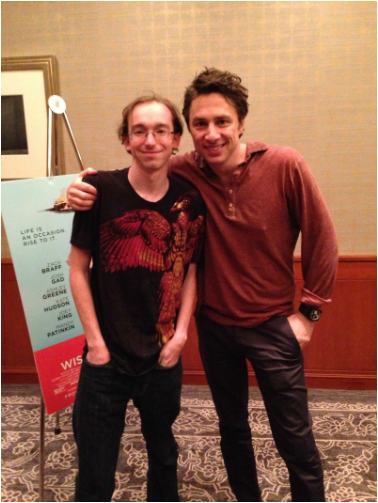
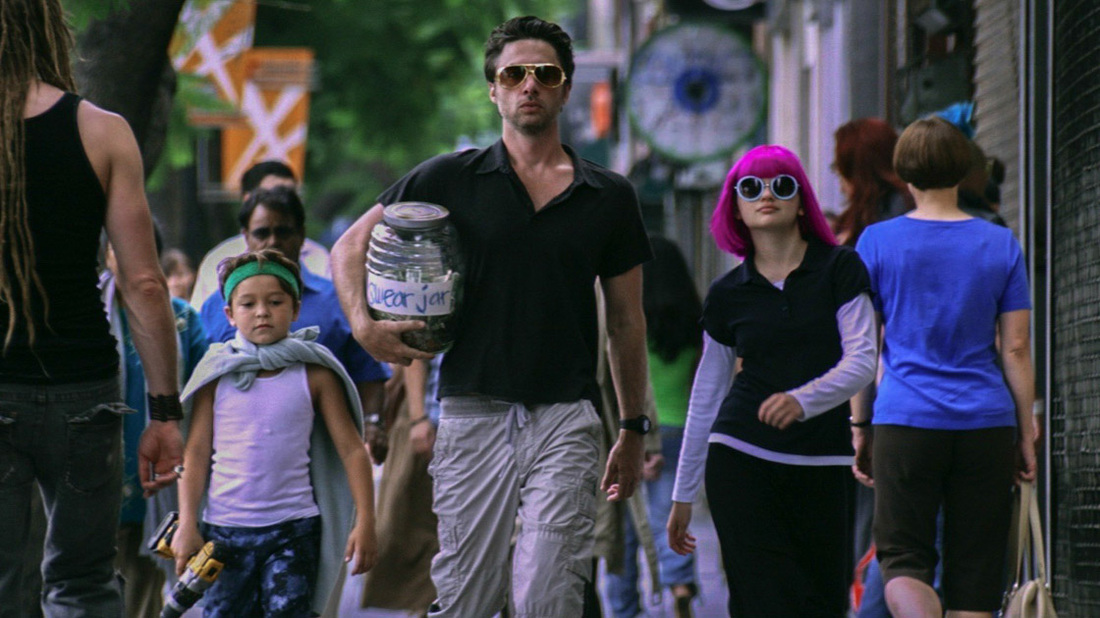
 RSS Feed
RSS Feed
